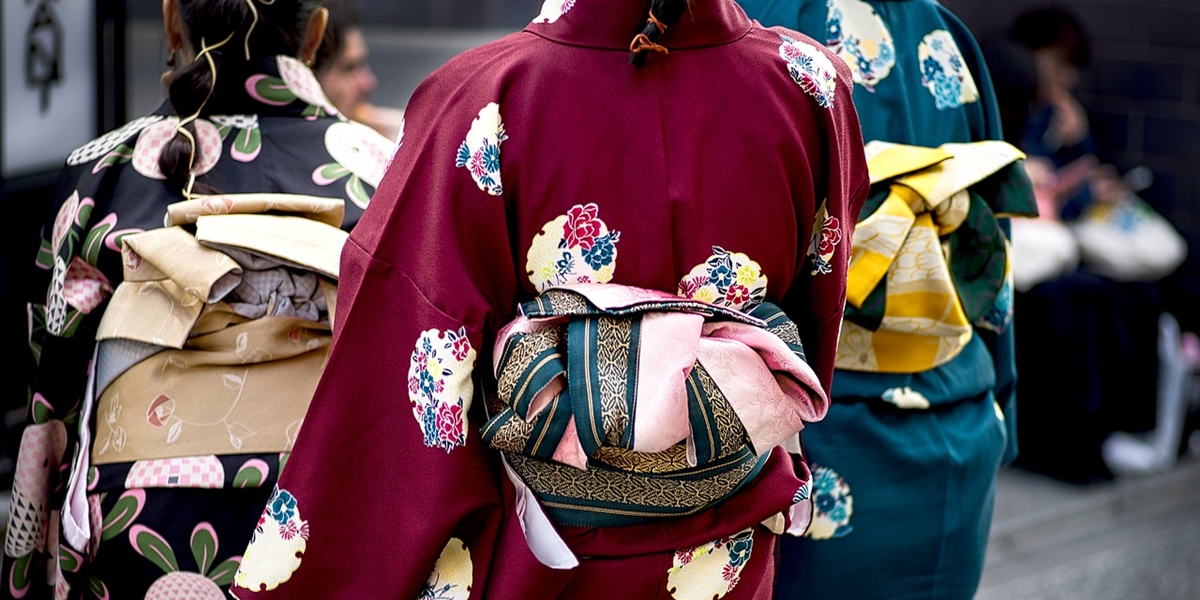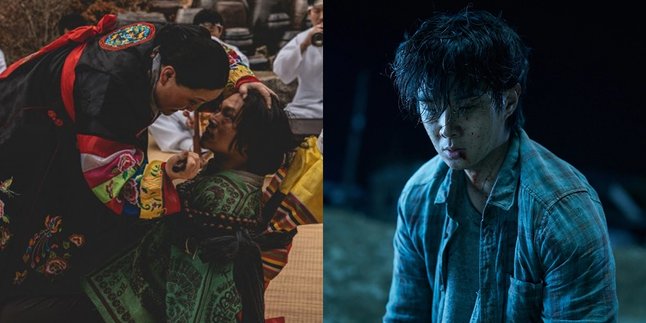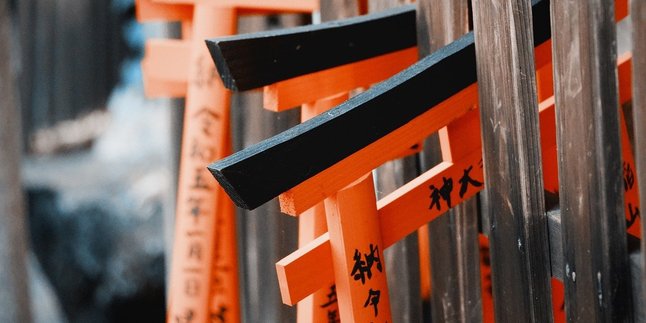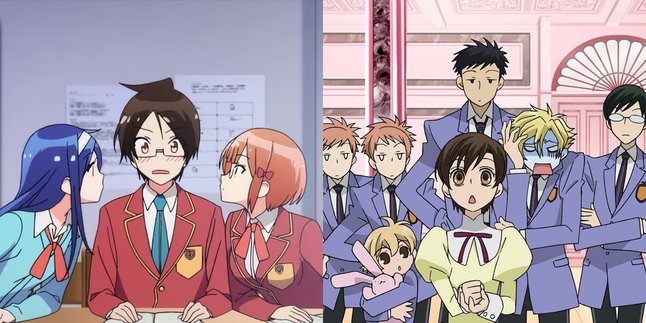Kapanlagi.com - In everyday life, the ability to communicate in Japanese language is highly valuable for expanding social networks and understanding Japanese culture better. Well, in this article, Kapanlagi presents various examples of introductions in Japanese language, ranging from formal to casual situations.
This is to help readers understand the appropriate expressions to interact in various everyday contexts. With a deep understanding of introductions in Japanese language, it is expected that readers can be more confident and successful in building social and professional relationships.
Therefore, here are some examples of introductions in Japanese language in everyday life that must be known by beginners. Come on, let's check it out, KLovers.
1. Basic Japanese Introduction Example

Illustration (credit: pixabay.com)
In understanding the Japanese language, knowing basic introduction examples is very important. And here are some simple examples of basic Japanese introductions that can be used for everyday situations:
Me: Hajimemashite. Watashi no namae wa Tarou desu. Yoroshiku onegaishimasu.
(Meaning = Nice to meet you. My name is Tarou. Please help me.)
Other person: Hajimemashite. Watashi wa Hanako desu. Kochira koso, yoroshiku onegaishimasu.
(Meaning = Nice to meet you too. My name is Hanako. Please help me too.)
2. Japanese Introduction Examples at School

Illustration (credit: pixabay.com)
In a school context, understanding Japanese introduction examples can be key to building good social interactions among students and teachers. And here are some simple introduction examples suitable for use in a school environment:
1. With classmates:
Me: Kon'nichiwa. Watashi no namae wa Tanaka Tarou desu. Minna to nakayoku shitai to omoimasu.
Meaning = Hello. My name is Tarou Tanaka. I want to be friends with everyone.
Classmate: Kon'nichiwa. Watashi wa Suzuki Hanako desu. Issho ni benkyou suru no o tanoshimi ni shiteimasu.
Meaning = Hello. My name is Hanako Suzuki. I'm looking forward to studying together.
2. With teachers:
Me: Sensei, konnichiwa. Watashi wa Tanaka Tarou desu. Yoroshiku onegaishimasu.
Meaning = Good afternoon, Sensei. My name is Tarou Tanaka. Nice to meet you.
Teacher: Konnichiwa, Tanaka-kun. Watashi wa Yamada-sensei desu. Kochira koso, yoroshiku onegaishimasu.
Meaning = Good afternoon, Tarou-kun. My name is Sensei Yamada. Nice to meet you too.
3. Example of Japanese Introductions in the Office

Illustration (credit: pixabay.com)
Understanding examples of Japanese introductions in the workplace is very important to start a good relationship with colleagues and superiors. In this article, Kapanlagi provides examples of introductions suitable for various situations in the office, helping to expand your communication skills in Japanese. Here are some examples:
1. With a coworker:
Me: Kon'nichiwa. Watashi no namae wa Yamada Tarou desu. Kyo kara kono kaisha de hataraku koto ni narimashita.
Meaning = Hello. My name is Tarou Yamada. Starting today, I will work at this company.
Office Person: Kon'nichiwa. Watashi wa Suzuki Hanako desu. Yoroshiku onegaishimasu.
Meaning = Hello. My name is Hanako Suzuki. Nice to meet you. Please help me.
2. With a superior in the office:
Me: Ohayou gozaimasu, buchou. Watashi wa Tanaka Tarou desu. Kyo kara kochira de hatarakasete itadaku koto ni narimashita. Douzo yoroshiku onegaishimasu.
Meaning = Good morning, Section Chief. My name is Tarou Tanaka. I will start working here today. Please guide me.
Office Superior: Ohayou gozaimasu, Tanaka-san. Watashi wa Yamada buchou desu. Kochira koso, yoroshiku onegaishimasu.
Meaning = Good morning, Mr./Ms. Tanaka. I am Department Head Yamada. Nice to meet you too.
4. Example of Japanese Greetings when Meeting an Older Person

Illustration (credit: pixabay.com)
When meeting an older person in Japanese culture, it is important to show respect and politeness. In this example of introduction, we will provide appropriate expressions to start a good interaction with an older person. Here is an example of the Japanese greeting:
Me: Kon'nichiwa. Watashi wa Tanaka Tarou desu. Yoroshiku onegaishimasu.
Meaning = Hello. My name is Tarou Tanaka. Nice to meet you. Please guide me.
Older Person: Kon'nichiwa. Watashi wa Suzuki Hanako desu. Kochira koso, yoroshiku onegaishimasu.
Meaning = Hello. My name is Hanako Suzuki. Nice to meet you too. Please help me as well.
5. Example of Casual Japanese Greetings

Illustration (credit: pixabay.com)
In a relaxed situation, the use of informal Japanese language can create a friendlier atmosphere. And Kapanlagi provides an example of a casual and friendly introduction, suitable for everyday conversations with friends or new acquaintances. Here is an example of the Japanese introduction:
Me: Yaa, genki? Ore no namae wa Tarou da yo. Yoroshiku ne.
Meaning = Hi, how are you? My name is Tarou. Nice to meet you.
Other person: Oo, genki da yo. Ore wa Hanako. Kocchi koso, yoroshiku.
Meaning = Hey, I'm good. My name is Hanako. Nice to meet you too.
Those are some examples of Japanese introductions that KLovers can learn. By understanding examples of introductions in Japanese, it is hoped that readers can interact smoothly in various everyday situations, enhance language learning experiences, and expand social networks.
(kpl/dhm)
Disclaimer: This translation from Bahasa Indonesia to English has been generated by Artificial Intelligence.

















